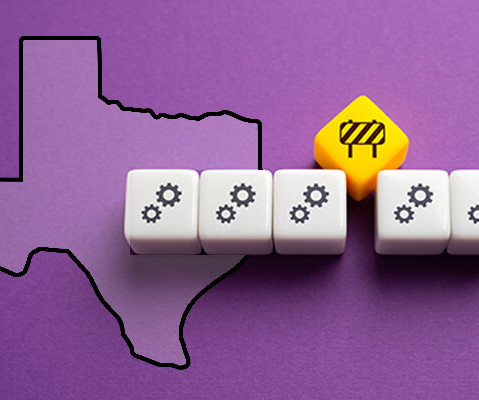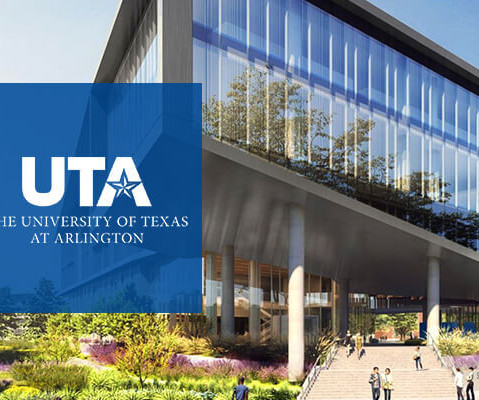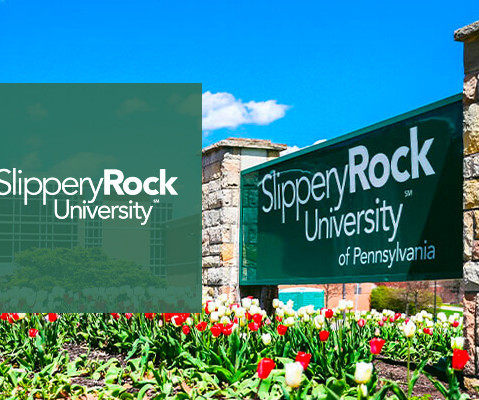Supporting Institutional Financial Health with Cross-Functional Collaboration
Civitas Learning
JUNE 8, 2023
Silos persist, differing definitions of student success hinder collaboration, and institutions struggle to establish a consistent and centralized knowledge base. There are numerous collaboration models in higher education, and each institution must create a model that suits its identity and needs.














Let's personalize your content